About This eBook
Title Page
Copyright Page
Contents
Acknowledgments
About the Authors
Authors’ Note
1. What This Book Is About
1.1 Programming and Mathematics
1.2 A Historical Perspective
1.3 Prerequisites
1.4 Roadmap
2. The First Algorithm
2.1 Egyptian Multiplication
2.2 Improving the Algorithm
2.3 Thoughts on the Chapter
3. Ancient Greek Number Theory
3.1 Geometric Properties of Integers
3.2 Sifting Primes
3.3 Implementing and Optimizing the Code
3.4 Perfect Numbers
3.5 The Pythagorean Program
3.6 A Fatal Flaw in the Program
3.7 Thoughts on the Chapter
4. Euclid’s Algorithm
4.1 Athens and Alexandria
4.2 Euclid’s Greatest Common Measure Algorithm
4.3 A Millennium without Mathematics
4.4 The Strange History of Zero
4.5 Remainder and Quotient Algorithms
4.6 Sharing the Code
4.7 Validating the Algorithm
4.8 Thoughts on the Chapter
5. The Emergence of Modern Number Theory
5.1 Mersenne Primes and Fermat Primes
5.2 Fermat’s Little Theorem
5.3 Cancellation
5.4 Proving Fermat’s Little Theorem
5.5 Euler’s Theorem
5.6 Applying Modular Arithmetic
5.7 Thoughts on the Chapter
6. Abstraction in Mathematics
6.1 Groups
6.2 Monoids and Semigroups
6.3 Some Theorems about Groups
6.4 Subgroups and Cyclic Groups
6.5 Lagrange’s Theorem
6.6 Theories and Models
6.7 Examples of Categorical and Non-categorical Theories
6.8 Thoughts on the Chapter
7. Deriving a Generic Algorithm
7.1 Untangling Algorithm Requirements
7.2 Requirements on A
7.3 Requirements on N
7.4 New Requirements
7.5 Turning Multiply into Power
7.6 Generalizing the Operation
7.7 Computing Fibonacci Numbers
7.8 Thoughts on the Chapter
8. More Algebraic Structures
8.1 Stevin, Polynomials, and GCD
8.2 Göttingen and German Mathematics
8.3 Noether and the Birth of Abstract Algebra
8.4 Rings
8.5 Matrix Multiplication and Semirings
8.6 Application: Social Networks and Shortest Paths
8.7 Euclidean Domains
8.8 Fields and Other Algebraic Structures
8.9 Thoughts on the Chapter
9. Organizing Mathematical Knowledge
9.1 Proofs
9.2 The First Theorem
9.3 Euclid and the Axiomatic Method
9.4 Alternatives to Euclidean Geometry
9.5 Hilbert’s Formalist Approach
9.6 Peano and His Axioms
9.7 Building Arithmetic
9.8 Thoughts on the Chapter
10. Fundamental Programming Concepts
10.1 Aristotle and Abstraction
10.2 Values and Types
10.3 Concepts
10.4 Iterators
10.5 Iterator Categories, Operations, and Traits
10.6 Ranges
10.7 Linear Search
10.8 Binary Search
10.9 Thoughts on the Chapter
11. Permutation Algorithms
11.1 Permutations and Transpositions
11.2 Swapping Ranges
11.3 Rotation
11.4 Using Cycles
11.5 Reverse
11.6 Space Complexity
11.7 Memory-Adaptive Algorithms
11.8 Thoughts on the Chapter
12. Extensions of GCD
12.1 Hardware Constraints and a More Efficient Algorithm
12.2 Generalizing Stein’s Algorithm
12.3 Bézout’s Identity
12.4 Extended GCD
12.5 Applications of GCD
12.6 Thoughts on the Chapter
13. A Real-World Application
13.1 Cryptology
13.2 Primality Testing
13.3 The Miller-Rabin Test
13.4 The RSA Algorithm: How and Why It Works
13.5 Thoughts on the Chapter
14. Conclusions
Further Reading
Chapter 1
Chapter 2
Chapter 3
Chapter 4
Chapter 5
Chapter 6
Chapter 7
Chapter 8
Chapter 9
Chapter 10
Chapter 11
Chapter 12
Chapter 13
Appendix A. Notation
Examples
Implication and the Contrapositive
Appendix B. Common Proof Techniques
B.1 Proof by Contradiction
B.2 Proof by Induction
B.3 The Pigeonhole Principle
Appendix C. C++ for Non-C++ Programmers
C.1 Template Functions
C.2 Concepts
C.3 Declaration Syntax and Typed Constants
C.4 Function Objects
C.5 Preconditions, Postconditions, and Assertions
C.6 STL Algorithms and Data Structures
C.7 Iterators and Ranges
C.8 Type Aliases and Type Functions with using in C++11
C.9 Initializer Lists in C++11
C.10 Lambda Functions in C++11
C.11 A Note about inline
Bibliography
Index
Photo Credits
Code Snippets
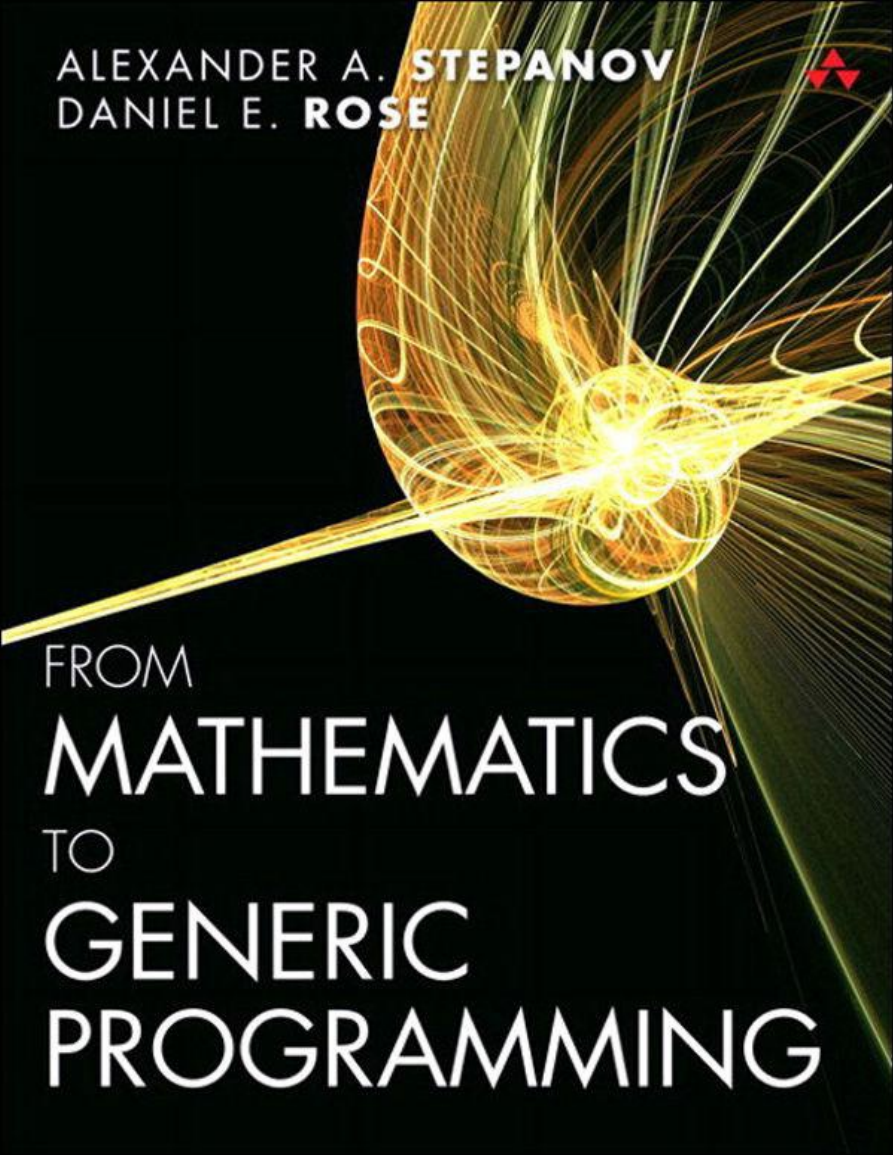
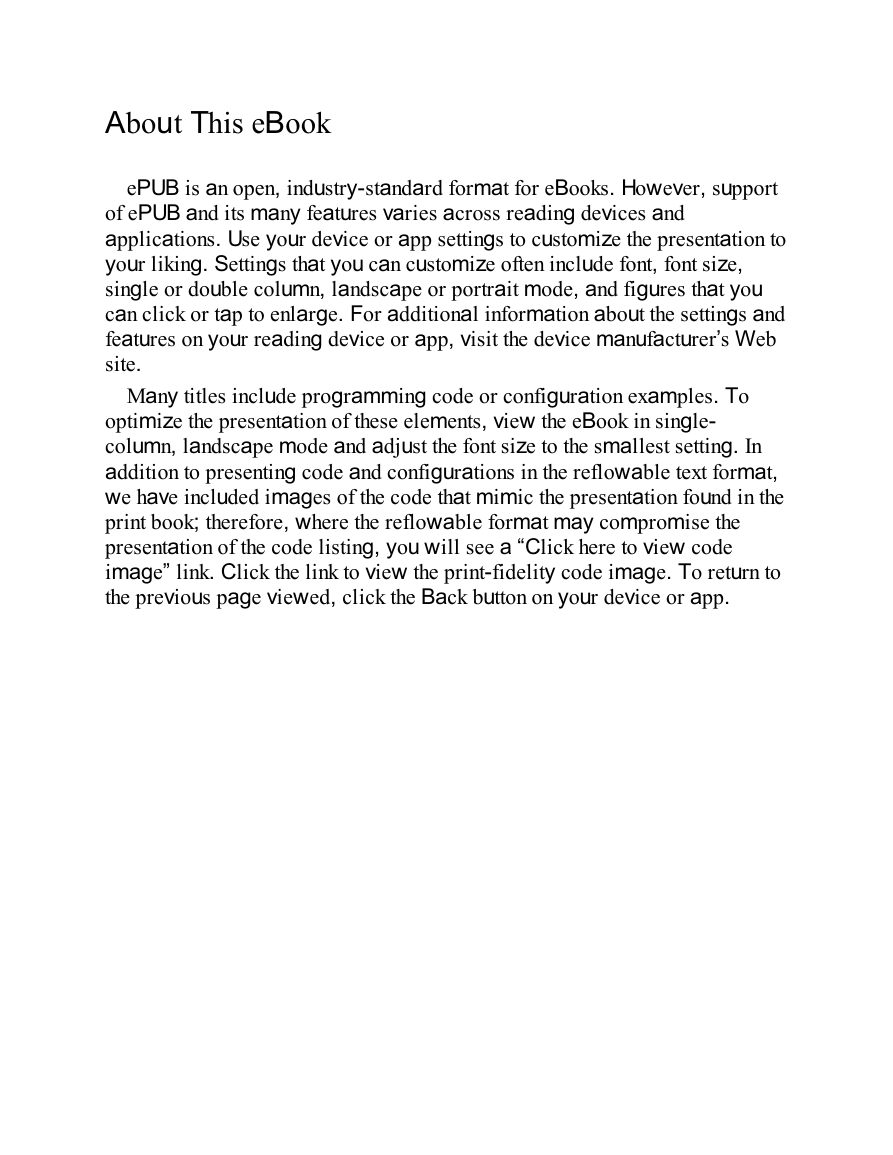

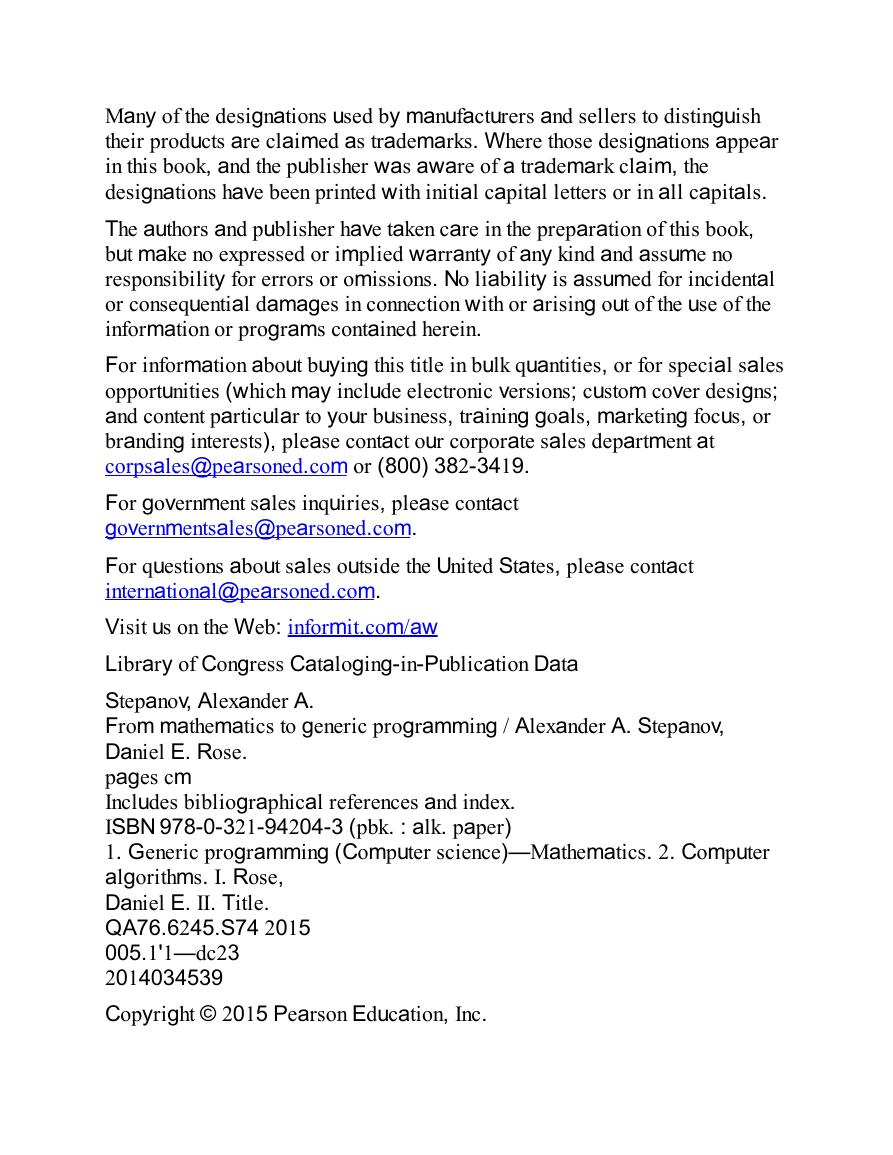


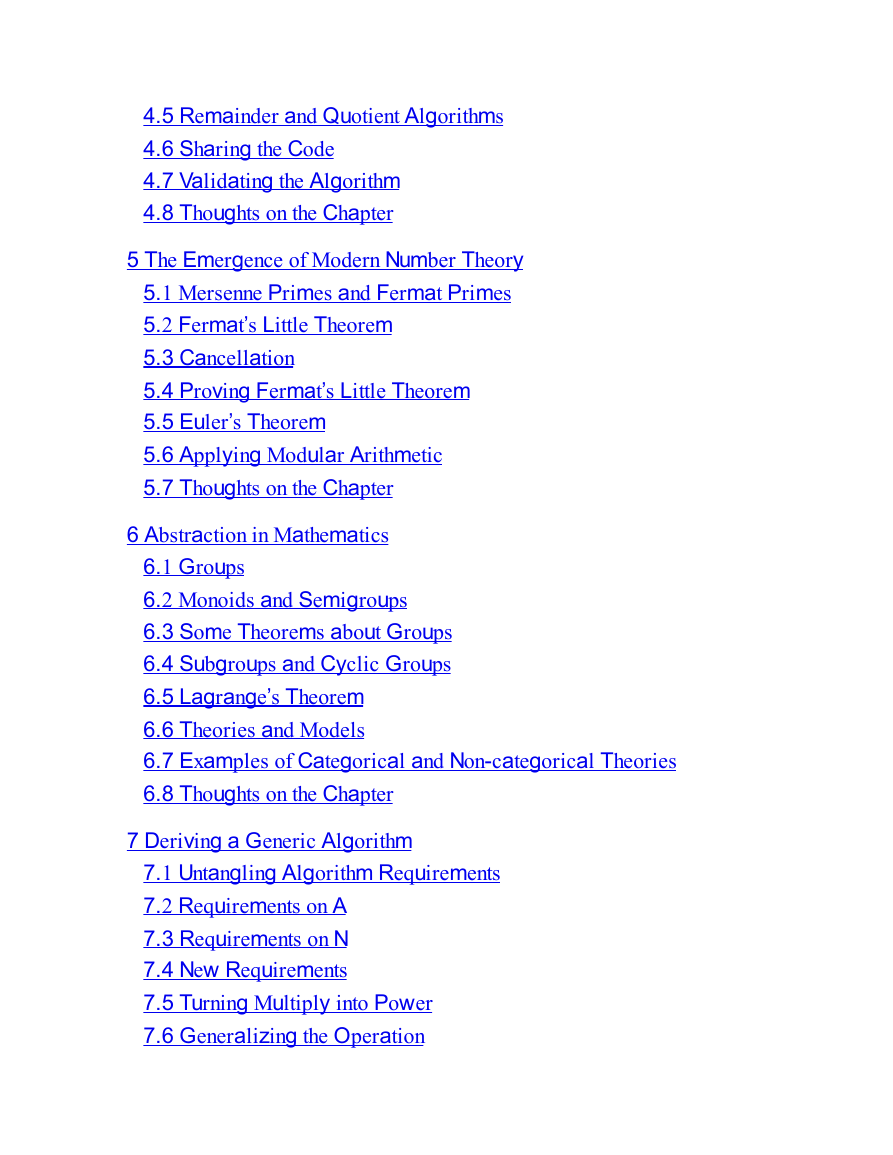
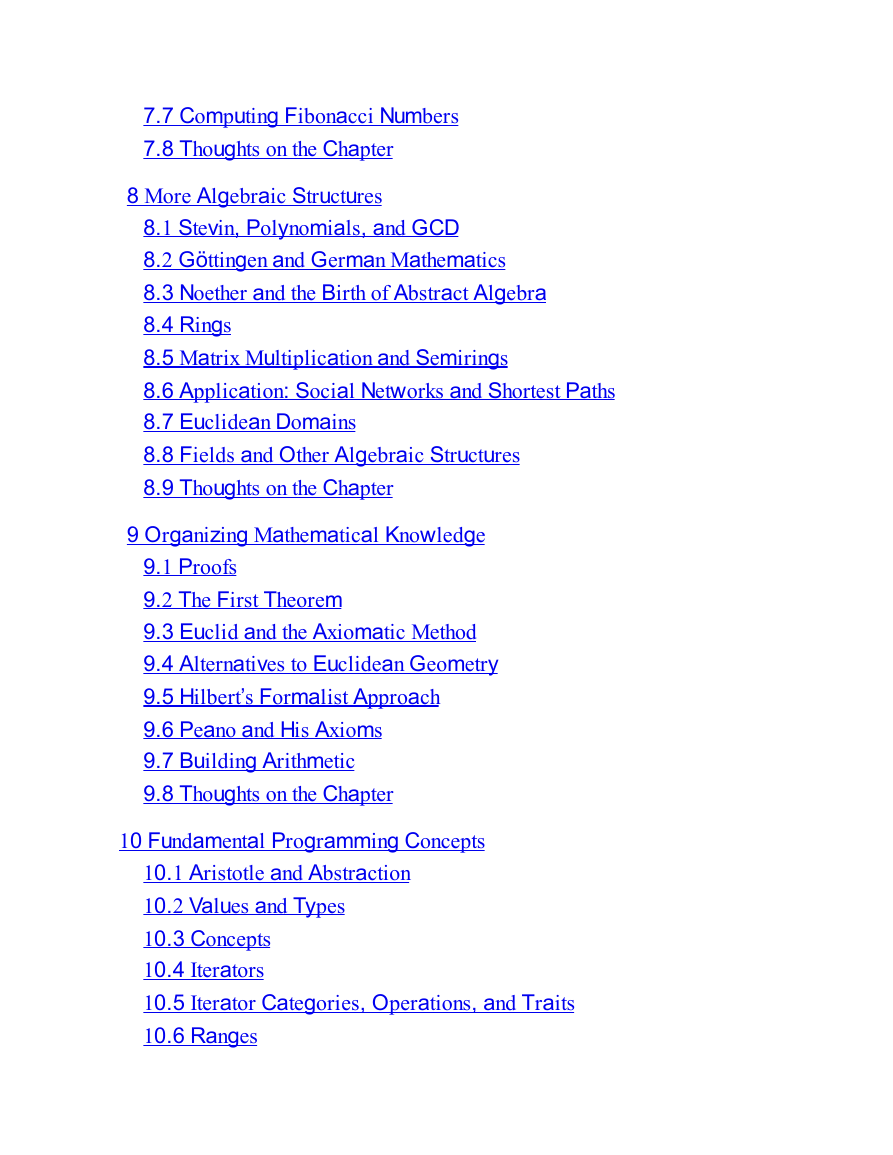








 2023年江西萍乡中考道德与法治真题及答案.doc
2023年江西萍乡中考道德与法治真题及答案.doc 2012年重庆南川中考生物真题及答案.doc
2012年重庆南川中考生物真题及答案.doc 2013年江西师范大学地理学综合及文艺理论基础考研真题.doc
2013年江西师范大学地理学综合及文艺理论基础考研真题.doc 2020年四川甘孜小升初语文真题及答案I卷.doc
2020年四川甘孜小升初语文真题及答案I卷.doc 2020年注册岩土工程师专业基础考试真题及答案.doc
2020年注册岩土工程师专业基础考试真题及答案.doc 2023-2024学年福建省厦门市九年级上学期数学月考试题及答案.doc
2023-2024学年福建省厦门市九年级上学期数学月考试题及答案.doc 2021-2022学年辽宁省沈阳市大东区九年级上学期语文期末试题及答案.doc
2021-2022学年辽宁省沈阳市大东区九年级上学期语文期末试题及答案.doc 2022-2023学年北京东城区初三第一学期物理期末试卷及答案.doc
2022-2023学年北京东城区初三第一学期物理期末试卷及答案.doc 2018上半年江西教师资格初中地理学科知识与教学能力真题及答案.doc
2018上半年江西教师资格初中地理学科知识与教学能力真题及答案.doc 2012年河北国家公务员申论考试真题及答案-省级.doc
2012年河北国家公务员申论考试真题及答案-省级.doc 2020-2021学年江苏省扬州市江都区邵樊片九年级上学期数学第一次质量检测试题及答案.doc
2020-2021学年江苏省扬州市江都区邵樊片九年级上学期数学第一次质量检测试题及答案.doc 2022下半年黑龙江教师资格证中学综合素质真题及答案.doc
2022下半年黑龙江教师资格证中学综合素质真题及答案.doc